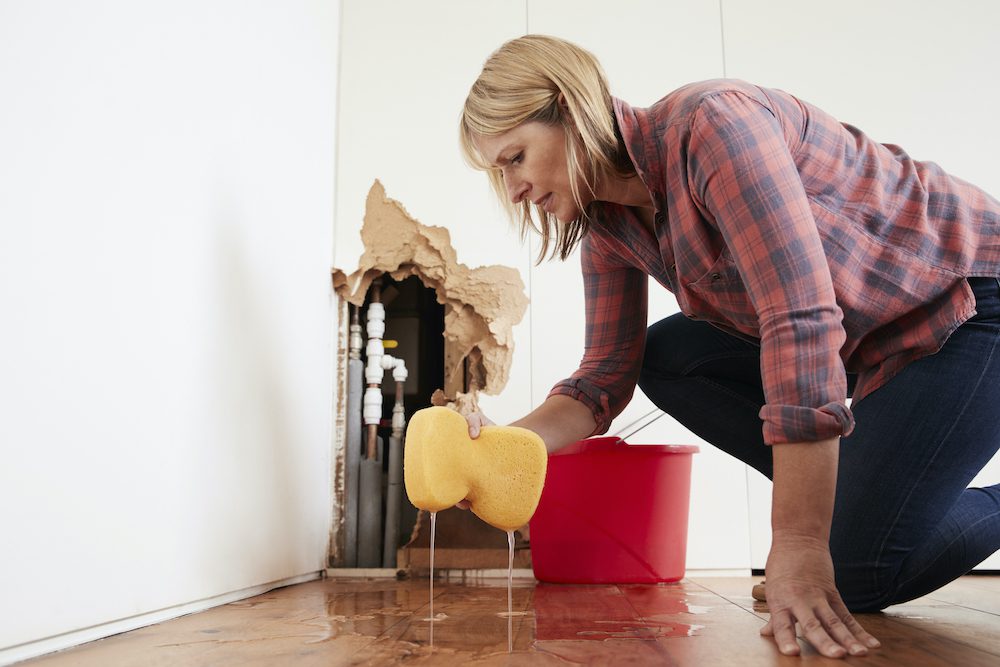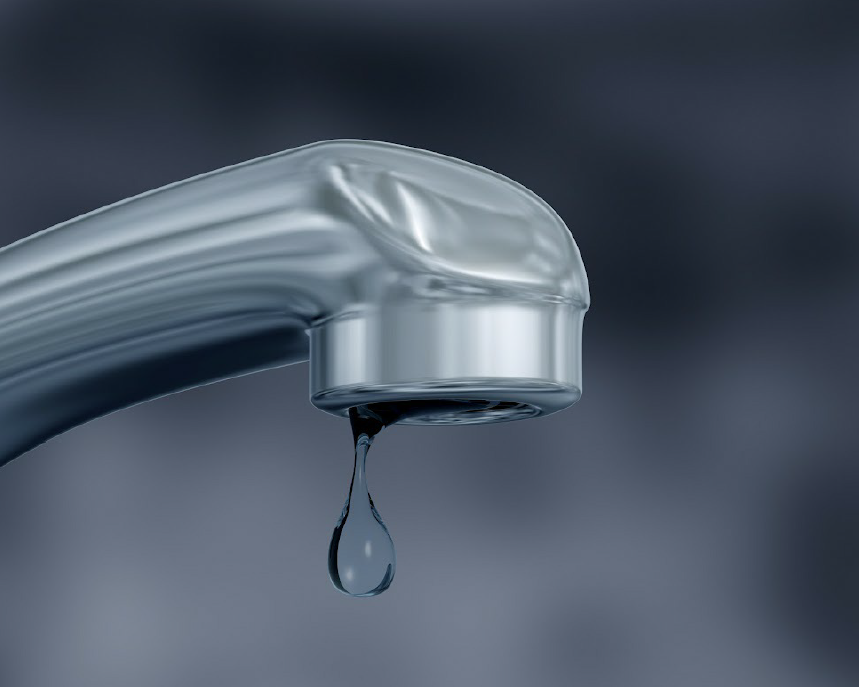Just how to Check If Your Home Has a Surprise Leak
Just how to Check If Your Home Has a Surprise Leak
Blog Article
What are your beliefs about Detecting hidden plumbing leaks?

Early discovery of dripping water lines can reduce a potential disaster. Besides conserving you cash, it will certainly lessen the aggravation as well as irritation. The minute you find a leak, calling your plumber for fixings is the best remedy. Some little water leakages may not be visible. Right here are some hacks that assist if you can not detect it with your naked eyes.
1. Check Out the Water Meter
Every home has a water meter. Examining it is a surefire way that helps you find leakages. For beginners, shut off all the water sources. Make certain no one will flush, make use of the faucet, shower, run the cleaning machine or dishwashing machine. From there, most likely to the meter and watch if it will alter. Since no person is utilizing it, there should be no movements. If it moves, that suggests a fast-moving leak. If you spot no modifications, wait an hour or 2 and check back once more. This suggests you might have a slow leakage that could even be underground.
2. Check Water Intake
Analyze your water expenses as well as track your water consumption. As the one paying it, you ought to discover if there are any kind of disparities. If you find sudden changes, regardless of your usage coinciding, it indicates that you have leakages in your plumbing system. Remember, your water costs must fall under the exact same array on a monthly basis. A sudden spike in your bill indicates a fast-moving leakage.
A steady increase every month, also with the same behaviors, reveals you have a slow leak that's likewise slowly intensifying. Call a plumber to thoroughly check your residential or commercial property, especially if you really feel a warm area on your floor with piping underneath.
3. Do a Food Coloring Test
30% comes from toilets when it comes to water consumption. Examination to see if they are running correctly. Decline flecks of food shade in the container and also wait 10 mins. If the color somehow infiltrates your bowl during that time without flushing, there's a leak in between the tank and bowl.
4. Asses Exterior Lines
Don't fail to remember to check your outdoor water lines too. Examination spigots by connecting a yard hose. Should water seep out of the link, you have a loose rubber gasket. Replace this and make sure all connections are tight. It will help get it professionally took a look at as well as maintained every year if you have actually got a sprinkler system. One little leakage can throw away tons of water and also spike your water expense.
5. Evaluate the scenario and inspect
Home owners need to make it a behavior to examine under the sink counters and also inside cabinets for any type of bad odor or mold and mildew growth. These two red flags show a leak so prompt attention is required. Doing routine assessments, also bi-annually, can save you from a major problem.
Examine for stainings and also compromising as a lot of pipelines and appliances have a life expectancy. If you presume leaking water lines in your plumbing system, do not wait for it to rise.
Early detection of leaking water lines can reduce a possible disaster. Some little water leaks may not be visible. Inspecting it is a guaranteed way that assists you discover leakages. One small leakage can squander bunches of water and also surge your water costs.
If you suspect dripping water lines in your plumbing system, don't wait for it to rise.
WARNING SIGNS OF WATER LEAKAGE BEHIND THE WALL
PERSISTENT MUSTY ODORS
As water slowly drips from a leaky pipe inside the wall, flooring and sheetrock stay damp and develop an odor similar to wet cardboard. It generates a musty smell that can help you find hidden leaks.
MOLD IN UNUSUAL AREAS
Mold usually grows in wet areas like kitchens, baths and laundry rooms. If you spot the stuff on walls or baseboards in other rooms of the house, it’s a good indicator of undetected water leaks.
STAINS THAT GROW
When mold thrives around a leaky pipe, it sometimes takes hold on the inside surface of the affected wall. A growing stain on otherwise clean sheetrock is often your sign of a hidden plumbing problem.
PEELING OR BUBBLING WALLPAPER / PAINT
This clue is easy to miss in rooms that don’t get much use. When you see wallpaper separating along seams or paint bubbling or flaking off the wall, blame sheetrock that stays wet because of an undetected leak.
BUCKLED CEILINGS AND STAINED FLOORS
If ceilings or floors in bathrooms, kitchens or laundry areas develop structural problems, don’t rule out constant damp inside the walls. Wet sheetrock can affect adjacent framing, flooring and ceilings.
https://www.servicemasterbyzaba.com/blog/how-to-detect-water-leakage-in-walls/

We had been made aware of that write-up on Hacks to detect leaks through a friend on our other web property. Do you know another individual who is curious about Hacks to detect leaks? Take a moment to share it. I praise you for your time. Don't forget to check our site back soon.
Report this page